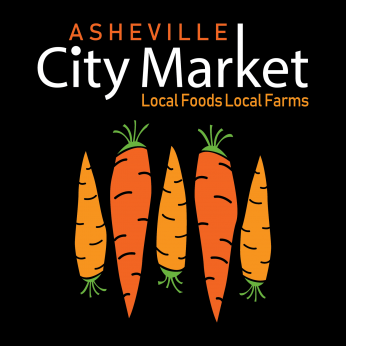|
|
|
SNAP Gap Support at Asheville City Market
|
With SNAP benefits delayed or reduced in November, ASAP is providing gap support to any community members who need food assistance. Made possible through a generous donor, SNAP-eligible shoppers can receive $40 in market tokens to spend on food from local farms and vendors at Asheville City Market. Customers do not need to swipe a SNAP card to receive these tokens. These tokens will be offered at Asheville City Market each Saturday for the month of November, as long as funds allow, and offered per market and per household.
In addition to the crisis for those who rely on SNAP benefits to put food on the table, the current SNAP disruption hurts farmers, who are losing income from regular customers who use SNAP and Double SNAP to buy local food. This comes at a time when many farmers in our region have also lost income due to the termination of other state and federal local food access programs, and are still recovering from Helene. ASAP is focused on forging solutions that support both farmers and our community in accessing healthy, local food.
Funding for this gap support at Asheville City Market comes from a private donor and is not part of ASAP’s regional Double SNAP for Fruits & Vegetables program. For any SNAP participants who have funds on their SNAP cards, ASAP will continue to match up to $20 for fruits and vegetables at all participating farmers markets.
 Asheville City Market takes place on Saturdays from 9 a.m. to noon, on North Market Street between Woodfin and Walnut streets, in downtown Asheville. The market is conveniently located on ART bus lines and free parking is available at Hometrust Bank and the Family Justice Center. Asheville City Market takes place on Saturdays from 9 a.m. to noon, on North Market Street between Woodfin and Walnut streets, in downtown Asheville. The market is conveniently located on ART bus lines and free parking is available at Hometrust Bank and the Family Justice Center.
Other farmers markets are working to offer similar programs. Check out individual market newsletters and social media for more information. ASAP will share these additional resources on our social media channels.
|
|
 |
|
|
|
| | |
ASAP's mission is to help local farms thrive, link farmers to markets and supporters, and build healthy communities through connections to local food.
|
|
|
|
|
|
|
|
|
|
|